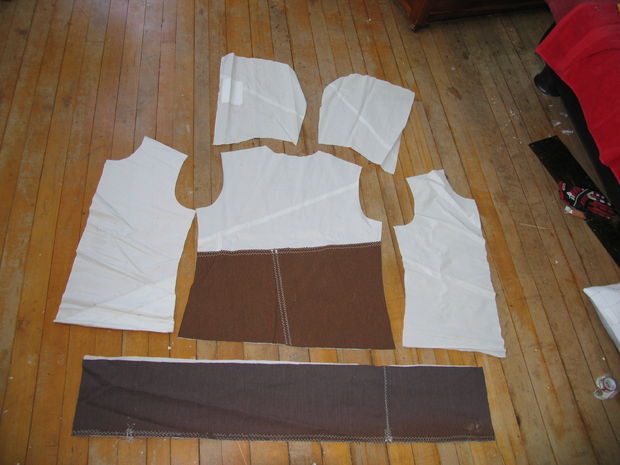Garment Pattern Grading Techniques
Grading:
By following Production Patterns approved sample is normally made for medium size but if the buyer requires different size then we would have to grade the dimension like S, L, XL, XXL, etc. Grading is an important term in Garments Manufacturing which means step wise increasing or decreasing the master patterns.
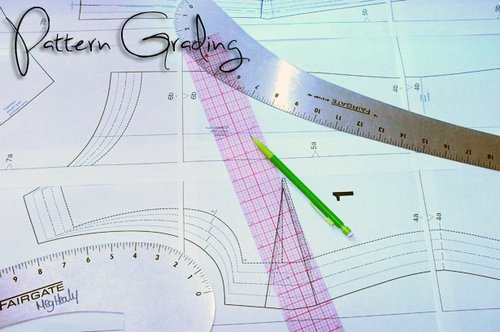
Manual Grading:
The desired range of size is created one by one using pattern templates/master patterns. A first master pattern pieces are sketched on the pattern board and then the points are marked around the pattern pieces as per the direction of grade rules. In this way we can get both the enlarged or reduced size patterns for all sizes of a particular style of garments. A manually operated grading machine can also perform this job. This device grips the master pattern pieces and places on the pattern board as per the predetermined direction after which appropriate edge can be traced out maintaining the grade rule.
Advantages:
Disadvantages:
- Time consuming process
- Expected accuracy may not be obtained.
Computer Aided Grading: At first grade rules are stored in the computer memory and then the computer can automatically develop pattern sets for all sizes using the direction given in the grade chart.
Advantages:
- Quick process i.e. less time consumption;
- High accuracy may be obtained
Disadvantages:
- High initial cost is involved
- Skilled operator is required.
How to Develop Garment Pattern
The parts which are equal and same as every parts of a garment made with flat, hard-board paper called patterns. Patterns are made for every different parts of a garment. In other words, patterns are the representative templates of the individual parts of a garment. 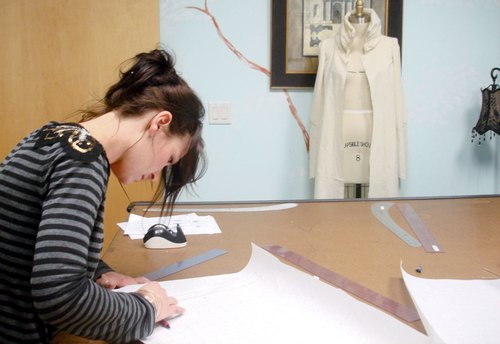
For developing patterns of a garment, some prerequisite matters are considered which are:
- Performances;
- Technical knowledge;
- Power of design analysis;
- Experiences over garments manufacturing technology;
- Will force.
The pattern drafts are developed by calculation and taking account of the following measurements:
- Actual body size measurements;
- Size chart, related to the end use and derived from anthropometric studies. (Anthropometric measurements made of human bodies);
- Grading increments derived from body measurements and size chart;
- Easy allowances.
Patterns used in garments industry are developed passing through the following stages:
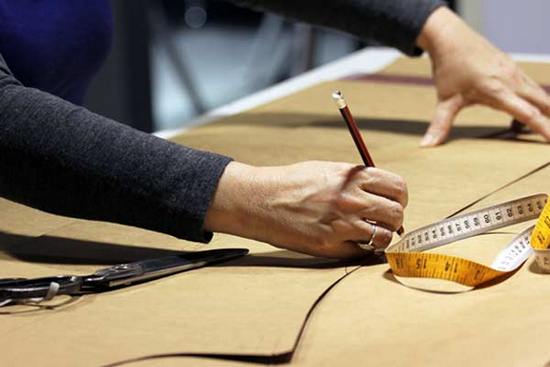
1. Block pattern/Basic block/Main block
The patterns which are made in accordance with the area of different part of the human body and their flexes and folds without allowance and style, called block patterns. Block patterns are developed by following two ways:
- Flat method: In this method, different parts of a garment e.g. body and sleeves are by technical drawing. Body measurement and application of method depends on pattern maker.
- Modeling method: It is the primary and first method of pattern making and used in the garment industry widely. Blocks are made with standard body measurement of statue called Toile. Toile is worn on statue and consistent to the body of the statue. Then toile is worn out from the body of the statue and individual parts of the toile are drawn on hard paper. This method requires more time but better result can be gained from it.
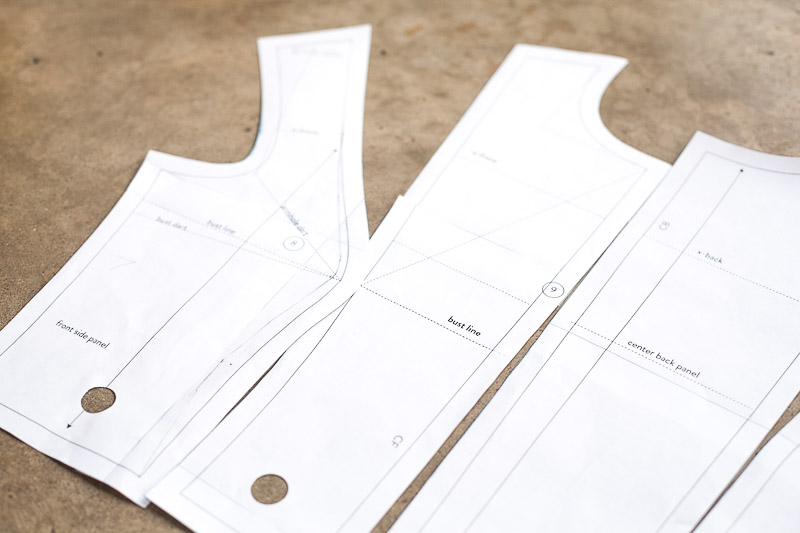
2. Working pattern
The patterns which are made with net dimension of a particular style called working patterns. In that case no allowances are considered. It may be said as the second stage of pattern development.
3. Production patterns/Garment patterns
The patterns which are made by adding allowances to the patterns those are made by flat or modeling method i.e. block patterns called production/garment patterns.
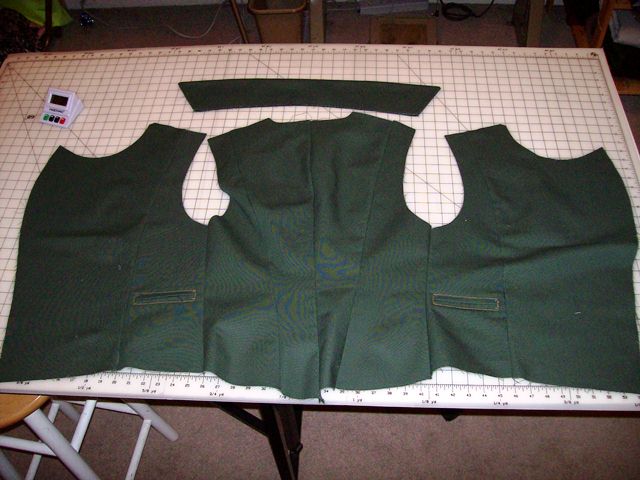
Allowances for pattern making:
The following allowances are considered during pattern making:
- Sewing allowances
- Trimming allowances
- Centre front line
- Centre back line
- Button holes
- Button attaching position
- Dart or pleat
- Garments loose / comfort.
